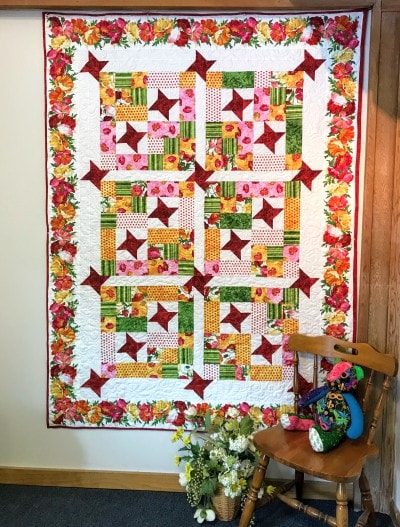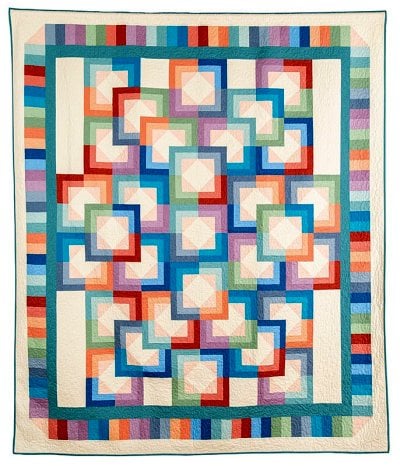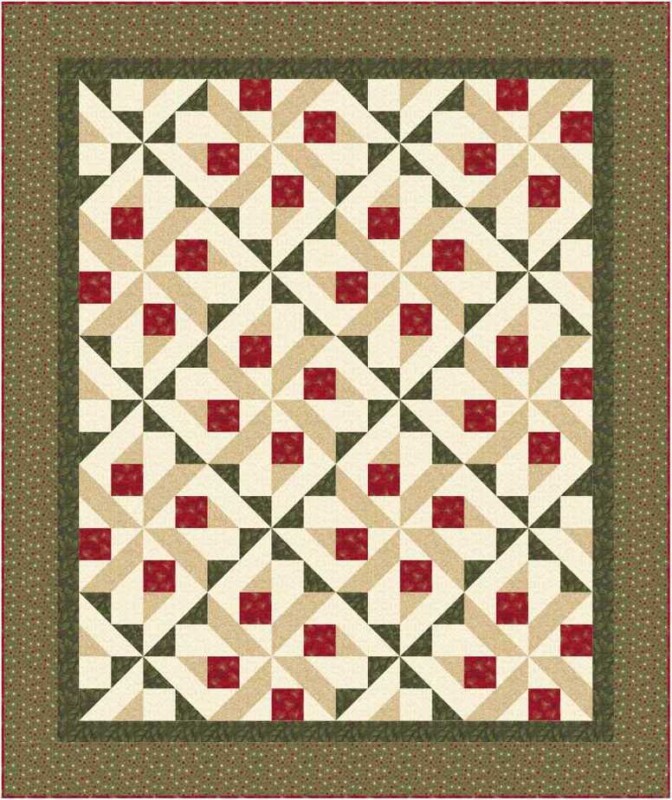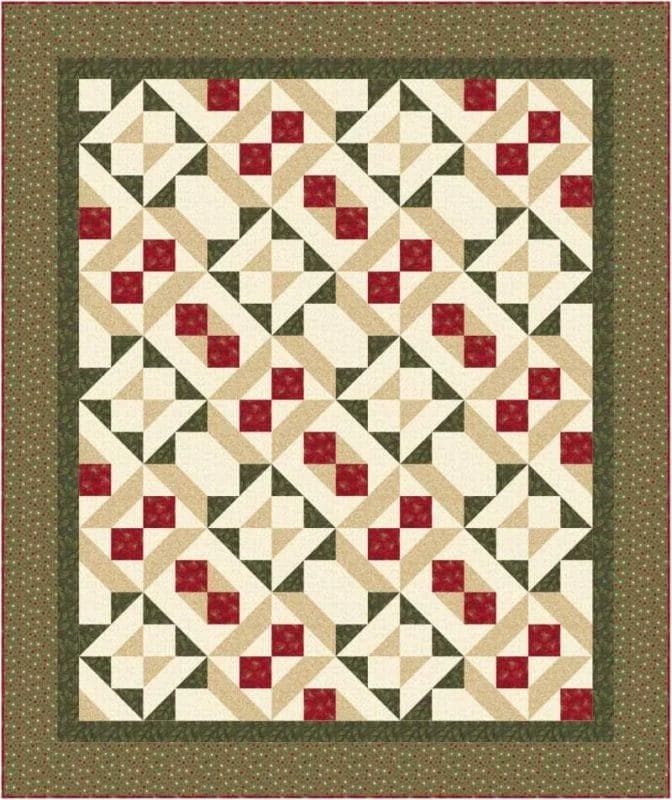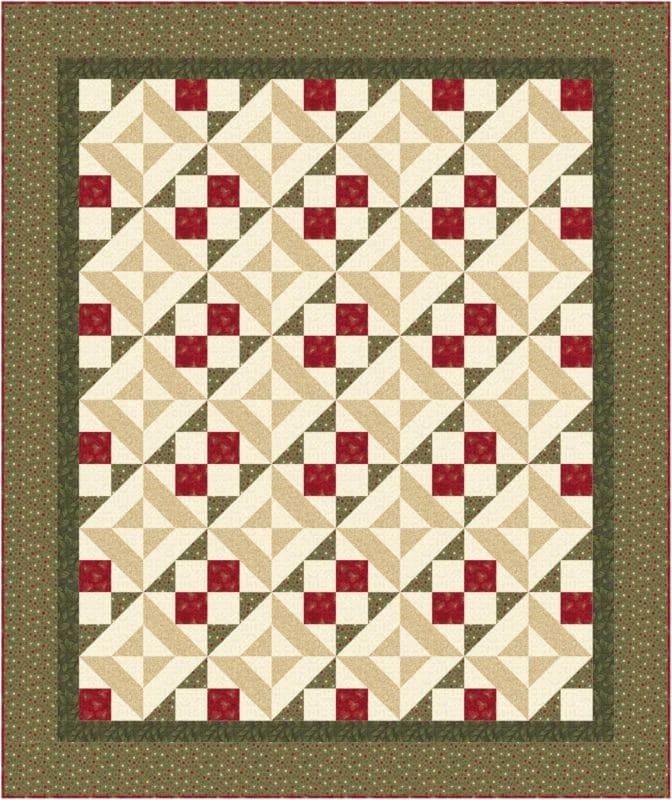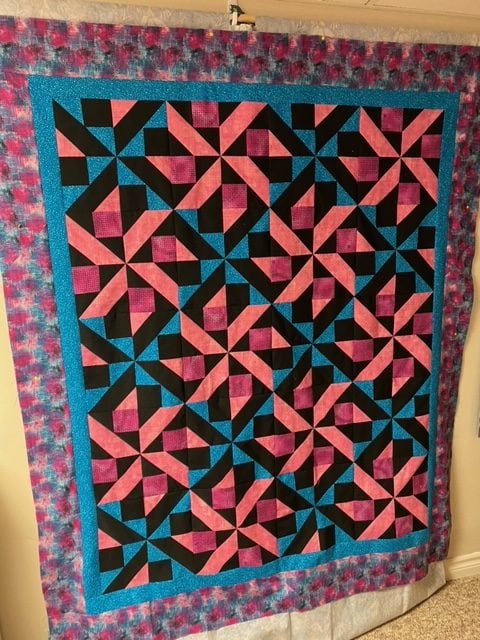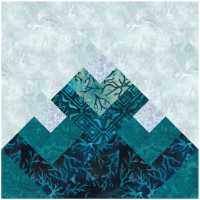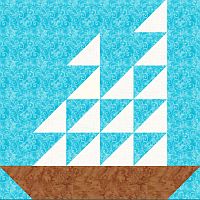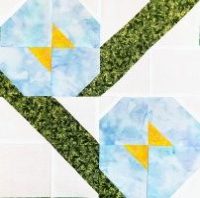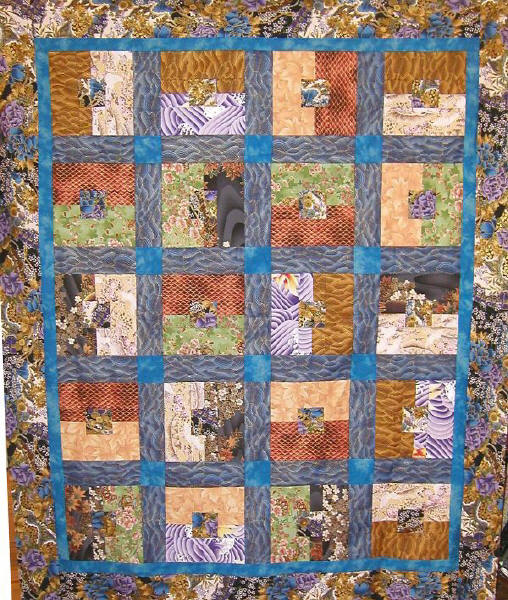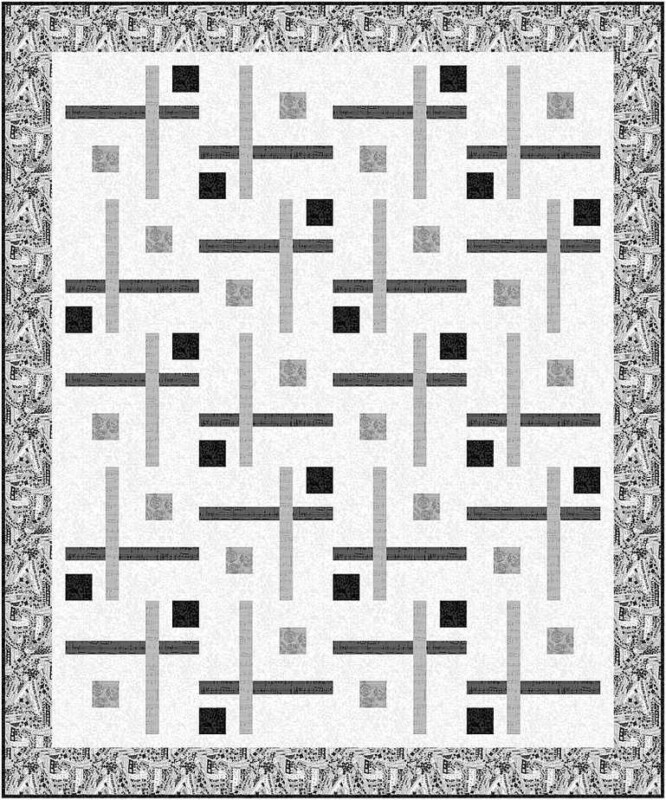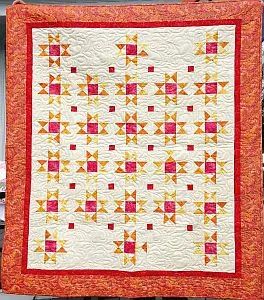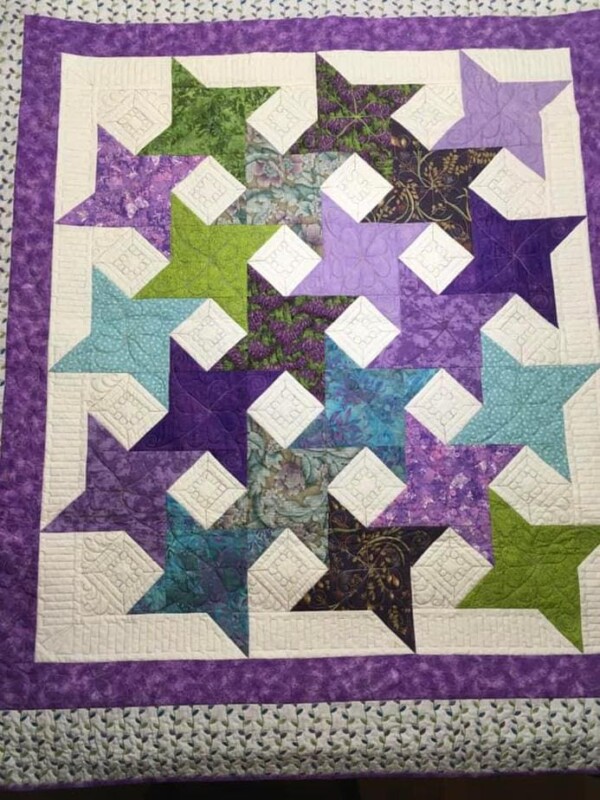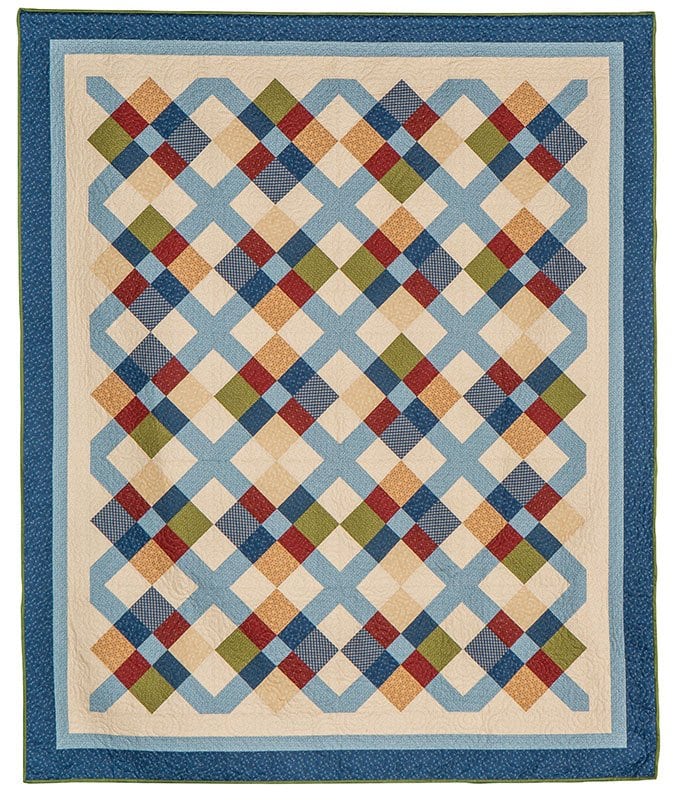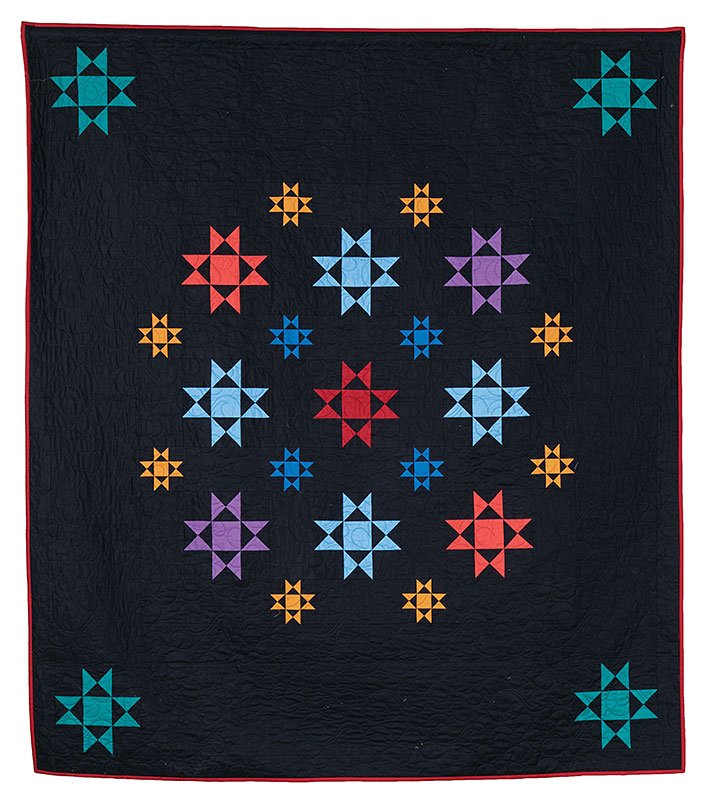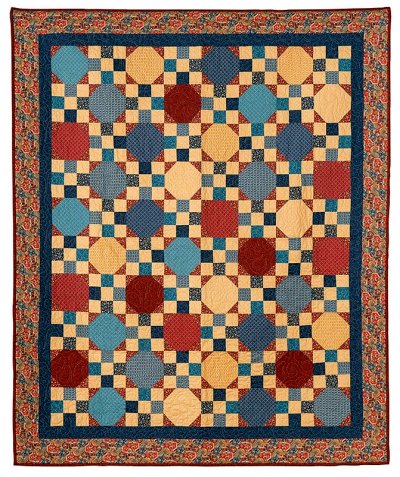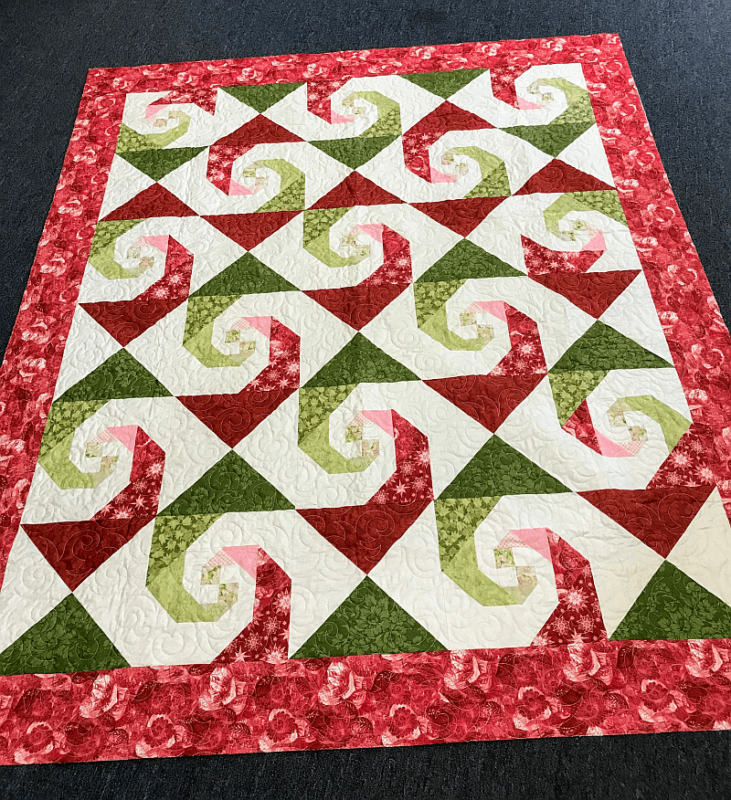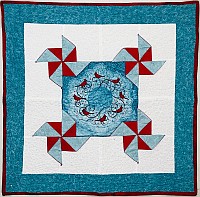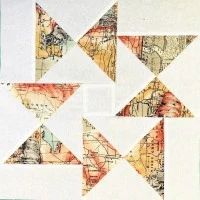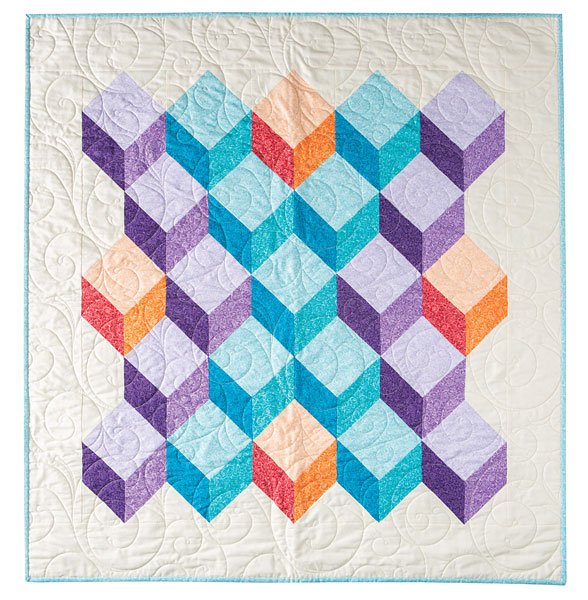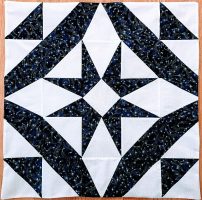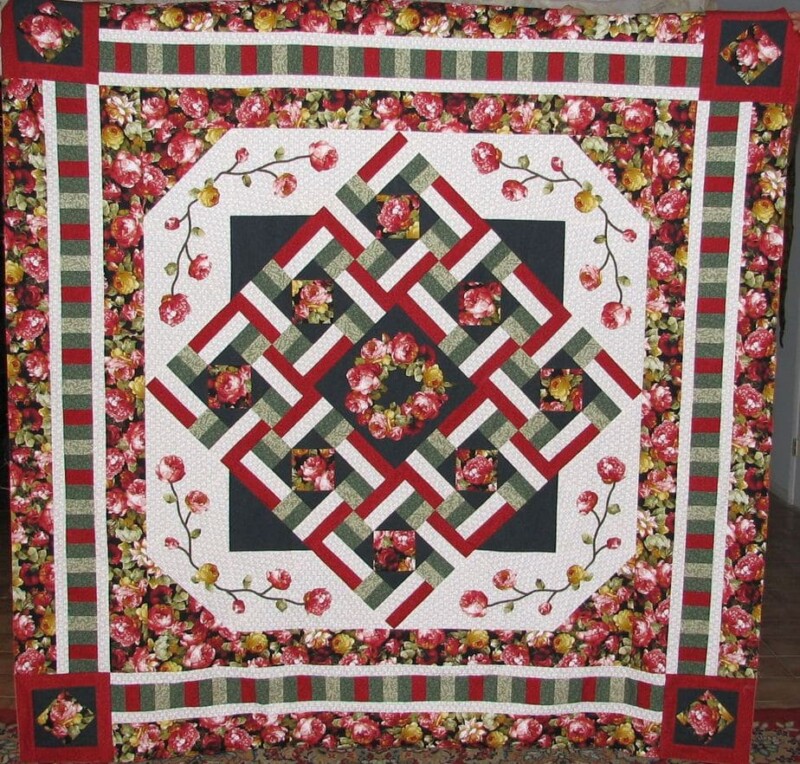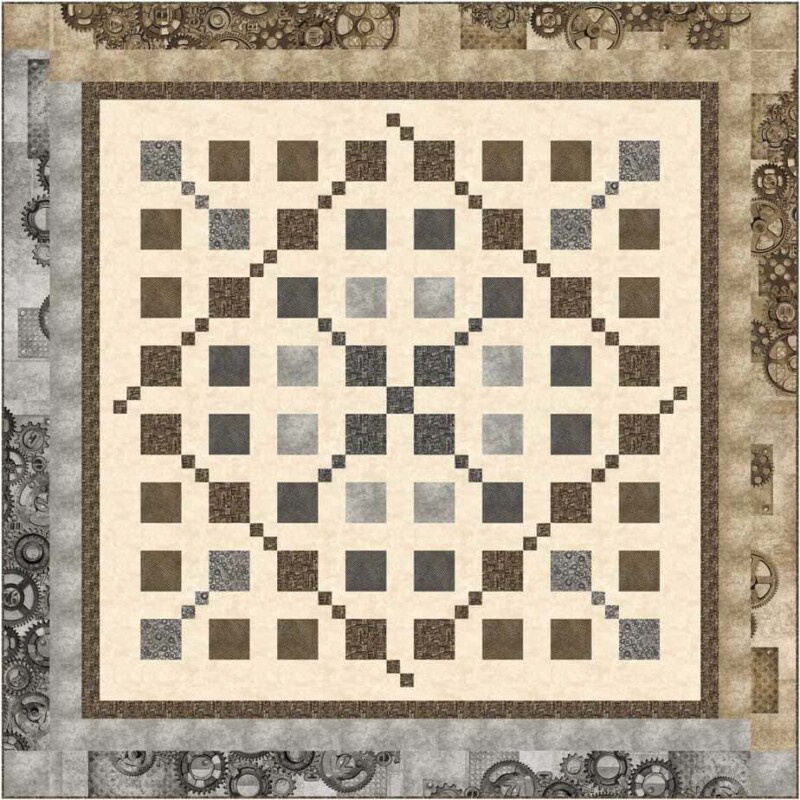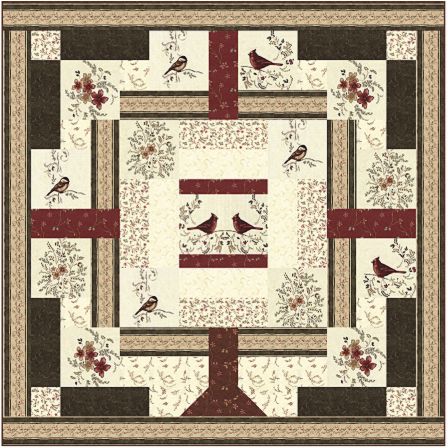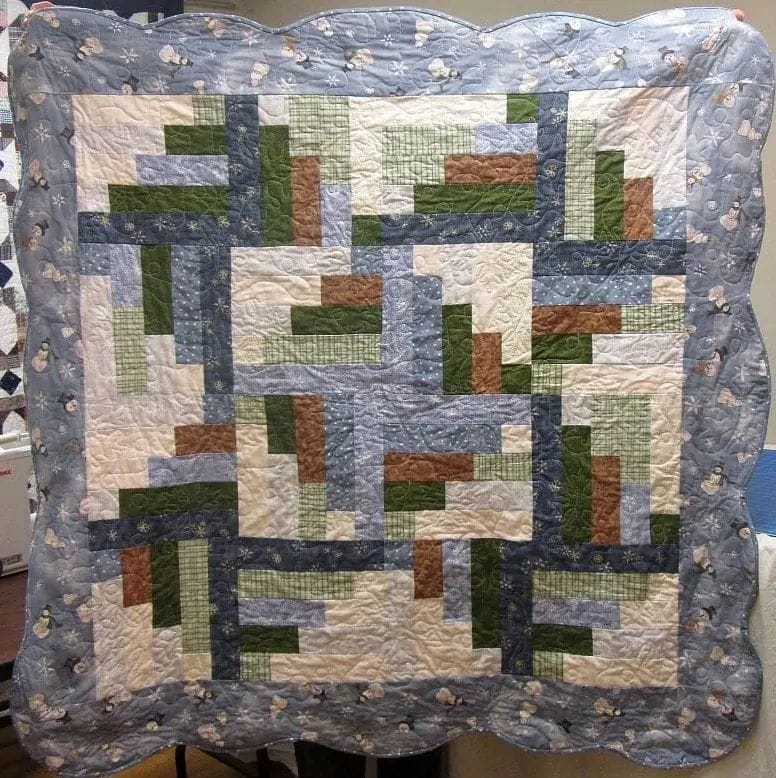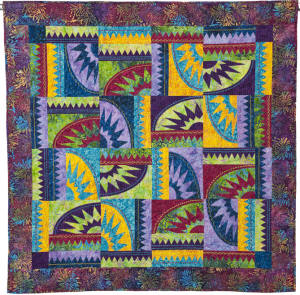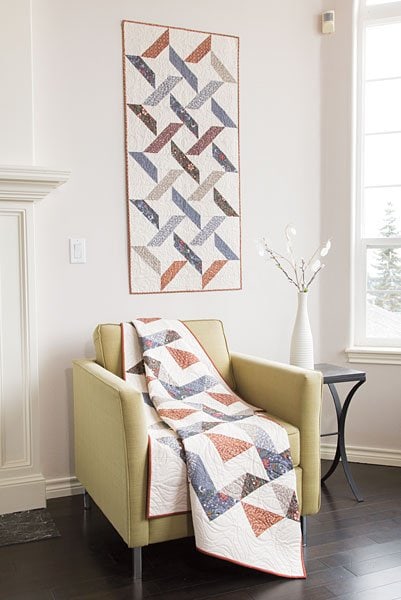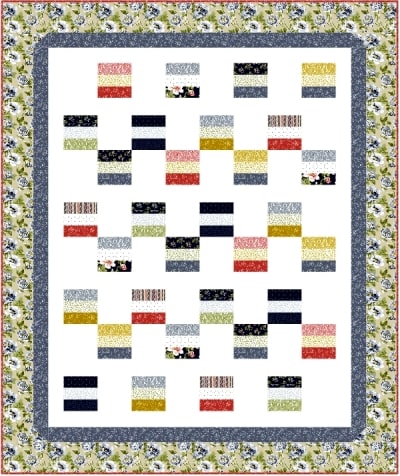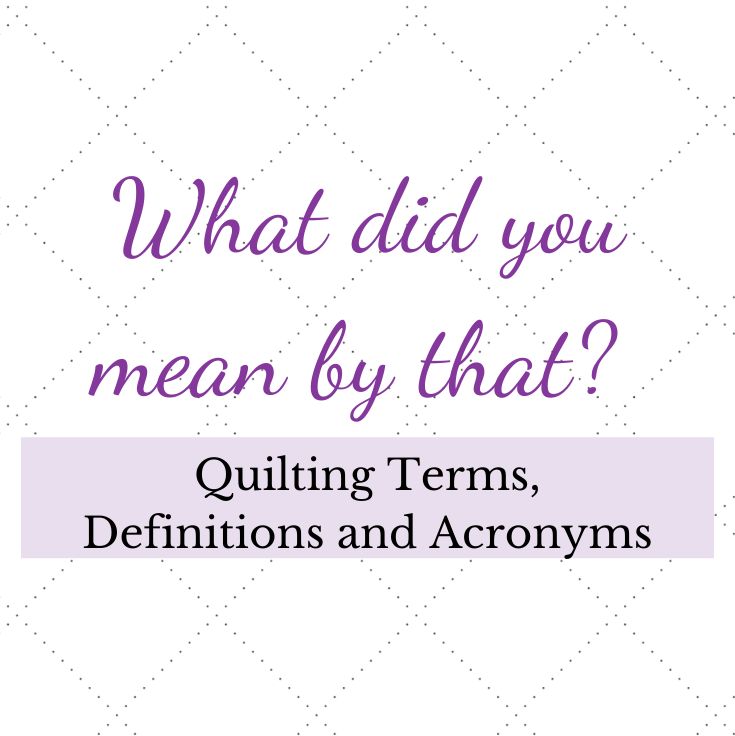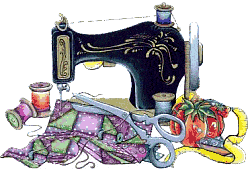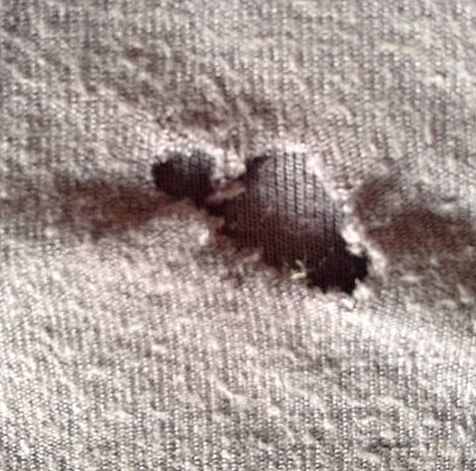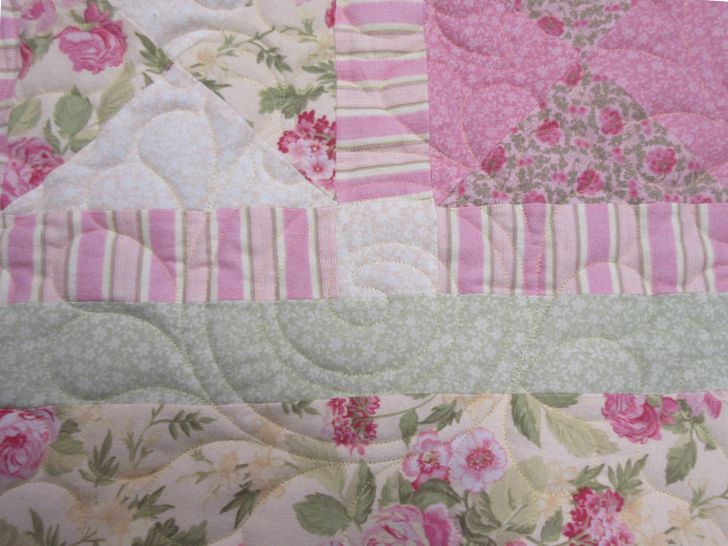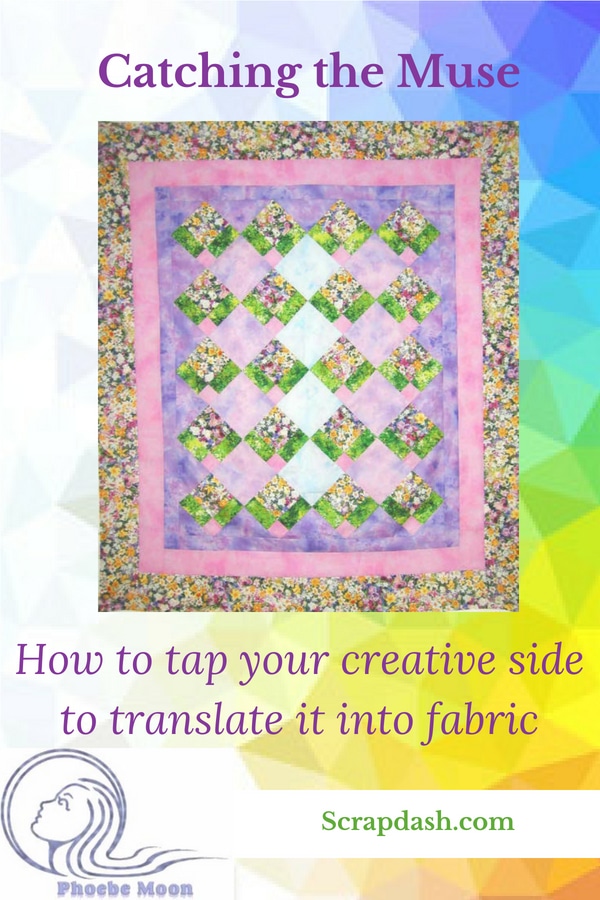*This post MAY contain affiliate links. That means that if you make a purchase after clicking on a link I may earn a small commission at no extra cost to you. I don’t ever recommend something that I don’t use myself. Not all links are affiliate links. For more information, see our Privacy Policy.
Catching the Muse
Unleashing your own creativity to create
a quilt design that represents your unique style
Human beings are born with the ability to imagine. We can daydream, we can pretend, we can wish. We have the unique ability to be able to envision the path we need to take to make our wish into reality. This is called creativity and it is something we all have.
So how do we tap our creative side and translate that into design? First, accept the fact that the act of creation is a journey of many steps, but there is no step-by-step manual. There are no rules to follow. Flashes of inspiration take lots of hard work!
Start by paying attention to your moments of inspiration. Sometimes we get so caught up in the workaday world, we just don’t see what is in front of us.
Explore your creativity with fabric
Sometimes the fabric will tell us what it wants to become. Or it will suggest the direction it wants to take, which may not be our preference, but you can’t argue with fabric. It doesn’t listen. The quilts below were made to take advantage of a motif in the fabric or border.
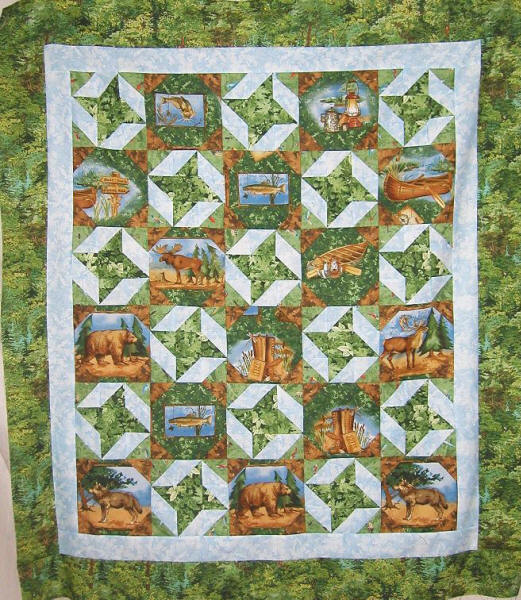 Wild Friends
Wild Friends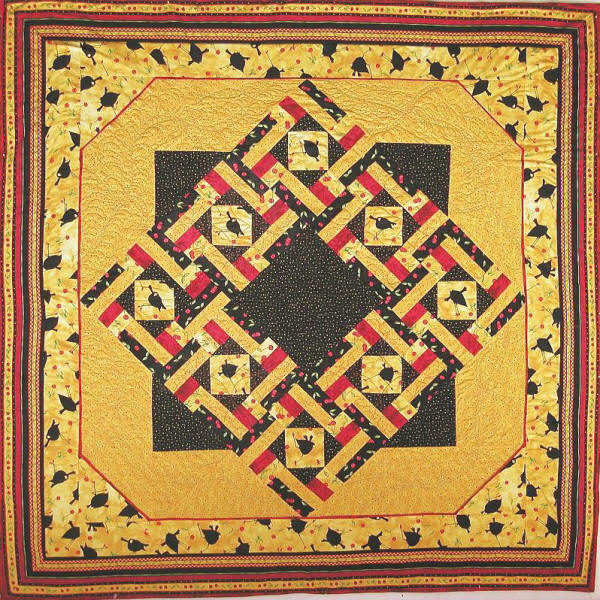 Birds of a Feather
Birds of a Feather
You can be inspired by other quilts, paintings, or objects d’art.
Sometimes the designs, the color arrangements, or the motifs in an object will spark an idea. Try to imagine the same quilt, but made using a different block, or set of blocks. Or perhaps the same blocks, just recolored. What would it look like if you gave it a completely different border?
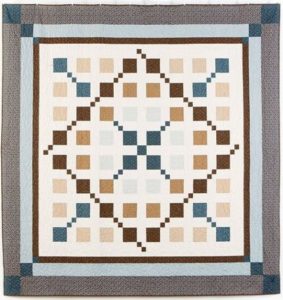 Chocolate Swirl Quilt
Chocolate Swirl Quilt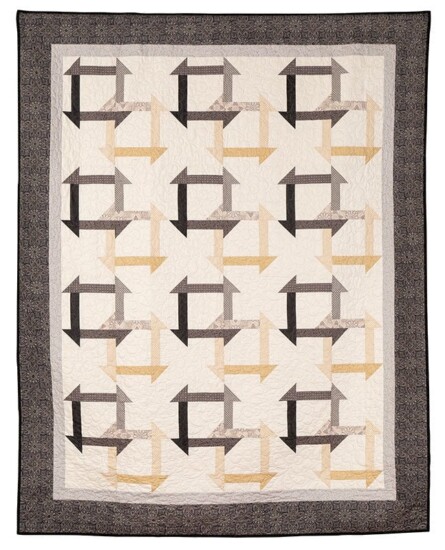 Circle of Fifth Illusion 70″ x 88″
Circle of Fifth Illusion 70″ x 88″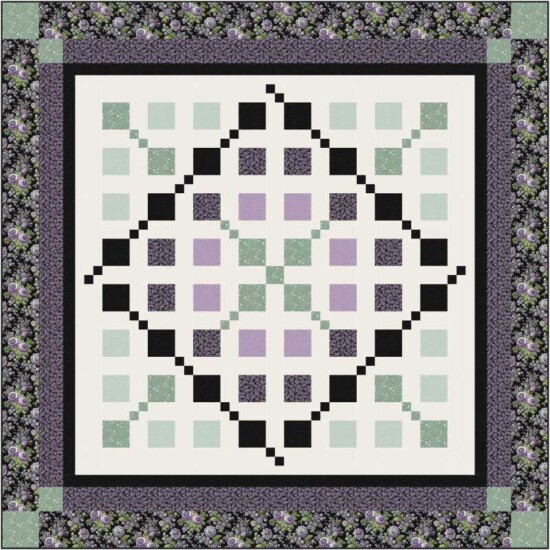 Lavender Bouquet 90″ x 90″
Lavender Bouquet 90″ x 90″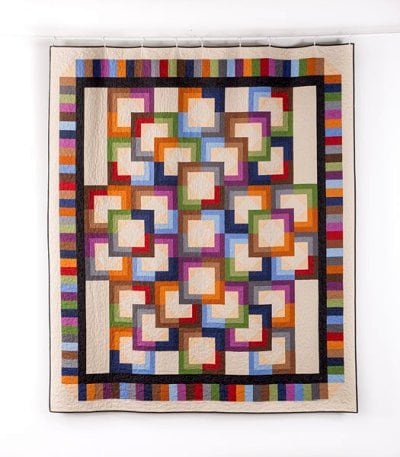 Linen Stories 92″ x 107″
Linen Stories 92″ x 107″
You could rearrange the blocks a little. Design programs like Electric Quilt make this very easy.
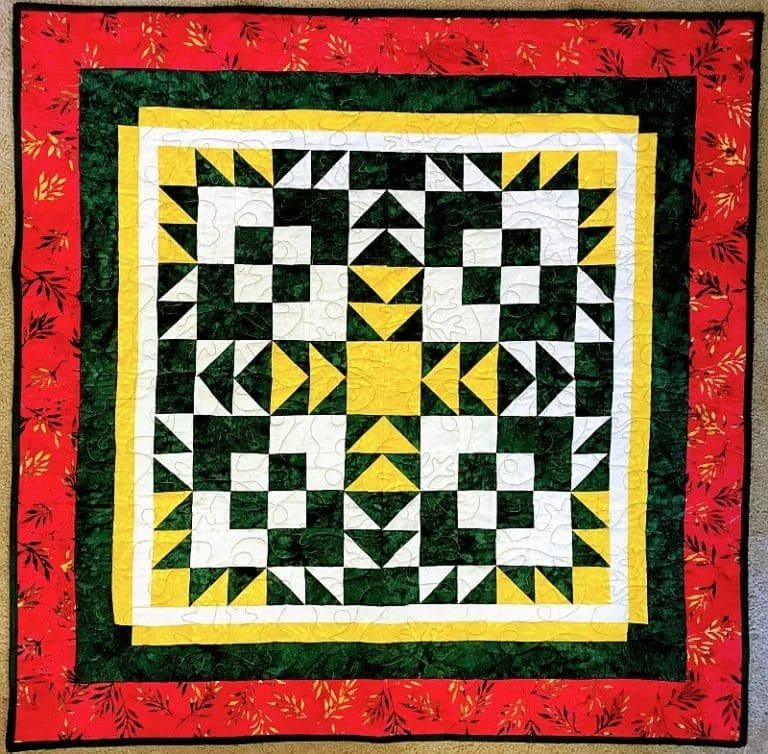 Winters Day
Winters Day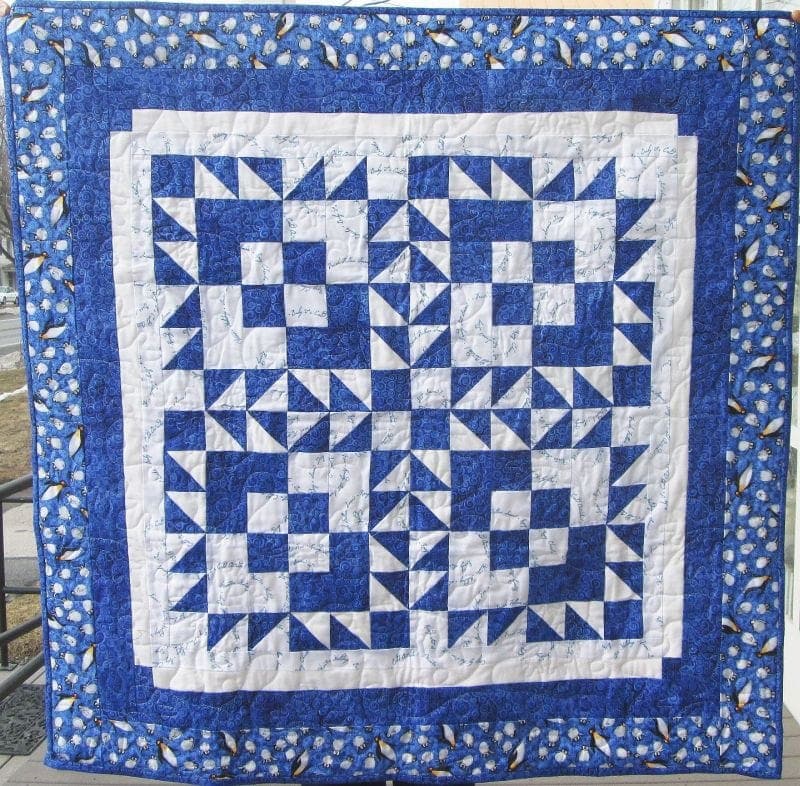 Winters Day Quilt
Winters Day Quilt
Pay attention to the world
Look for colors and compositions that might translate into a quilt. Tall redwoods, a mountain range, storm clouds, a short vase, a great tile floor. Could any of those spark a design?
When an idea whispers in your ear, write it down! Or take a picture. Pitter Patter was inspired by a tile floor that I photographed. Even a half-formed idea can transform itself through the act of writing it down, or being combined with another idea. Free associate. Doodle. Preserve new ideas as they come to you without judging them. Maybe they don’t make any sense, or can’t be done. Write them down anyway. Share ideas with your friends. They will have a different perspective and may offer a solution that you would not have considered.
Explore your creativity with self challenges
Challenge yourself – give yourself a problem and try to figure a non-traditional way out of it. Look through books and magazines for ideas. How did other quilters solve the problem? What could you do differently?
Here’s a challenge – a one block quilt
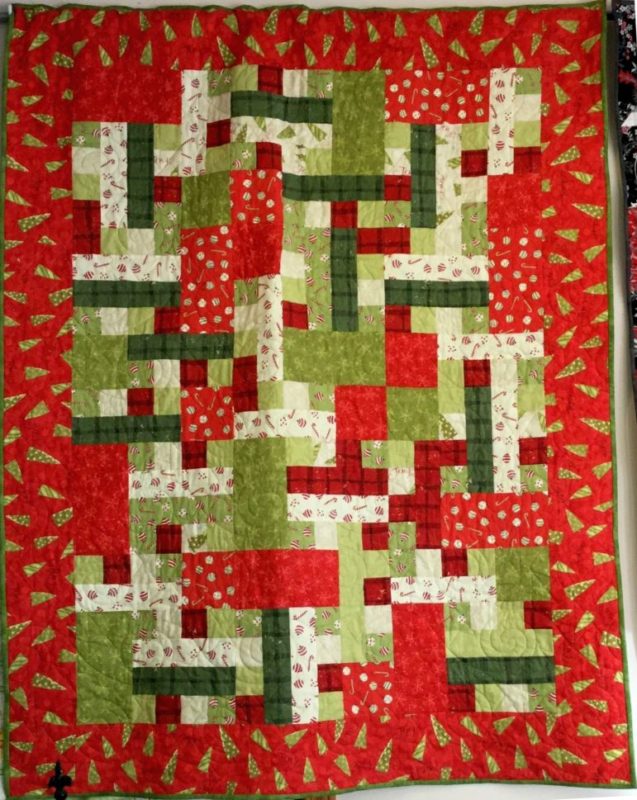 Apple Butter
Apple Butter
Here’s a Challenge – a two-block quilt
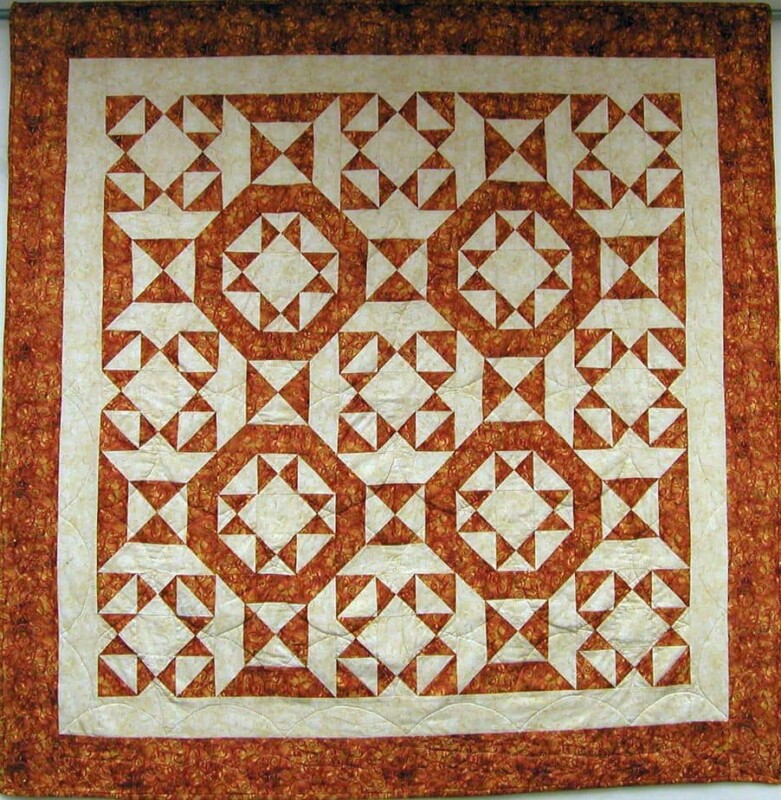 Years to Come
Years to Come Bubble and Squeak 90″ x 100″
Bubble and Squeak 90″ x 100″
Here’s a challenge – something you haven’t tried before
Paper Piecing. A Particular ruler. A quilt of illusion. Partial Seam Piecing. Dimensional quilts. Applique. What scares you? Try it!
Here’s a Challenge – a non-traditional layout
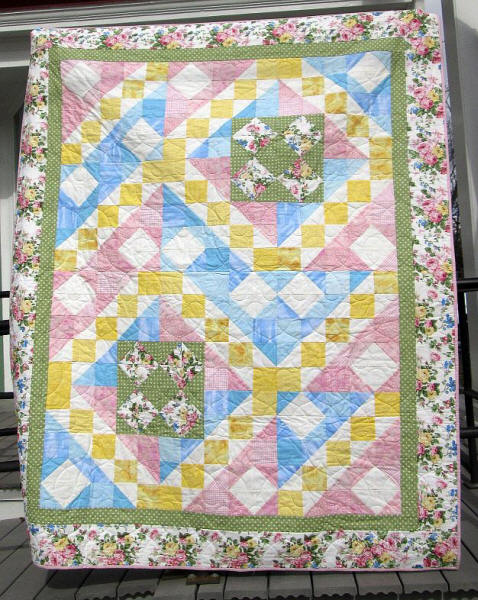 Roller Coaster represents its name
Roller Coaster represents its name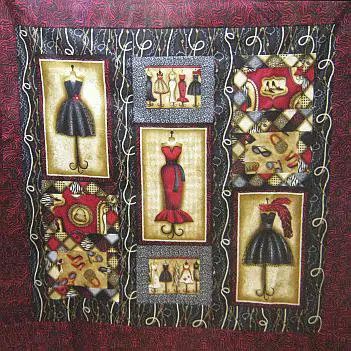 Fashionista Quilt 56″ x 56″
Fashionista Quilt 56″ x 56″
Consider the eventual use of the quilt. A table runner will need a different scale than a baby quilt or a full-size quilt. Maybe you can just take one block of a full-size quilt and extend it creatively with borders to make a table runner.
Work through all the steps in your design. Do you have a lot of odd sizes? Can you redraw the pattern to use similar-sized blocks or strips? Can you use the extra fabric or leftover blocks in the border? Is there anything you can add, subtract or rearrange to make the cutting and/or piecing more efficient?
These patterns have a bonus project at the end to help you use up leftovers.
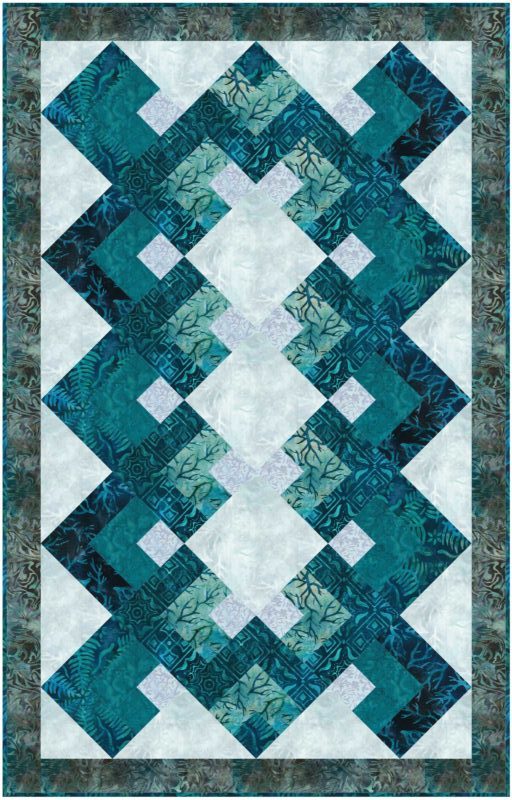 Arctic Mountains makes a back out of the leftovers.
Arctic Mountains makes a back out of the leftovers.
Give yourself permission to fail
So what if one idea won’t work? Maybe the next one will or maybe it will inspire another idea. Remember what Thomas Alva Edison said: “I have not failed. I’ve just found 10,000 ways that won’t work.” Think of your mistakes as design opportunities.
Are you stuck? Go for a walk, or work on some other unrelated activity. The creative side of your brain will continue to perk, making associations between unrelated ideas. At some point, newly combined associations break into consciousness, and you will have a flash of inspiration!
It is important to keep learning. As you become a more experienced quilter, you will incorporate new tips, tricks, and techniques into your design style. This gives your brain new information to consider, more fertile ground to grow new ideas.
Keep a journal of the quilts you have made. Next to a picture of the quilt, make a note of your inspirations and aspirations for that quilt. What tools or techniques did you use? What did you like or dislike about them? Go back and review your journal from time to time.
Are you feeling a bit more creative now? Go make a quilt! If you have any questions or comments, send it me, and I will add them here.
